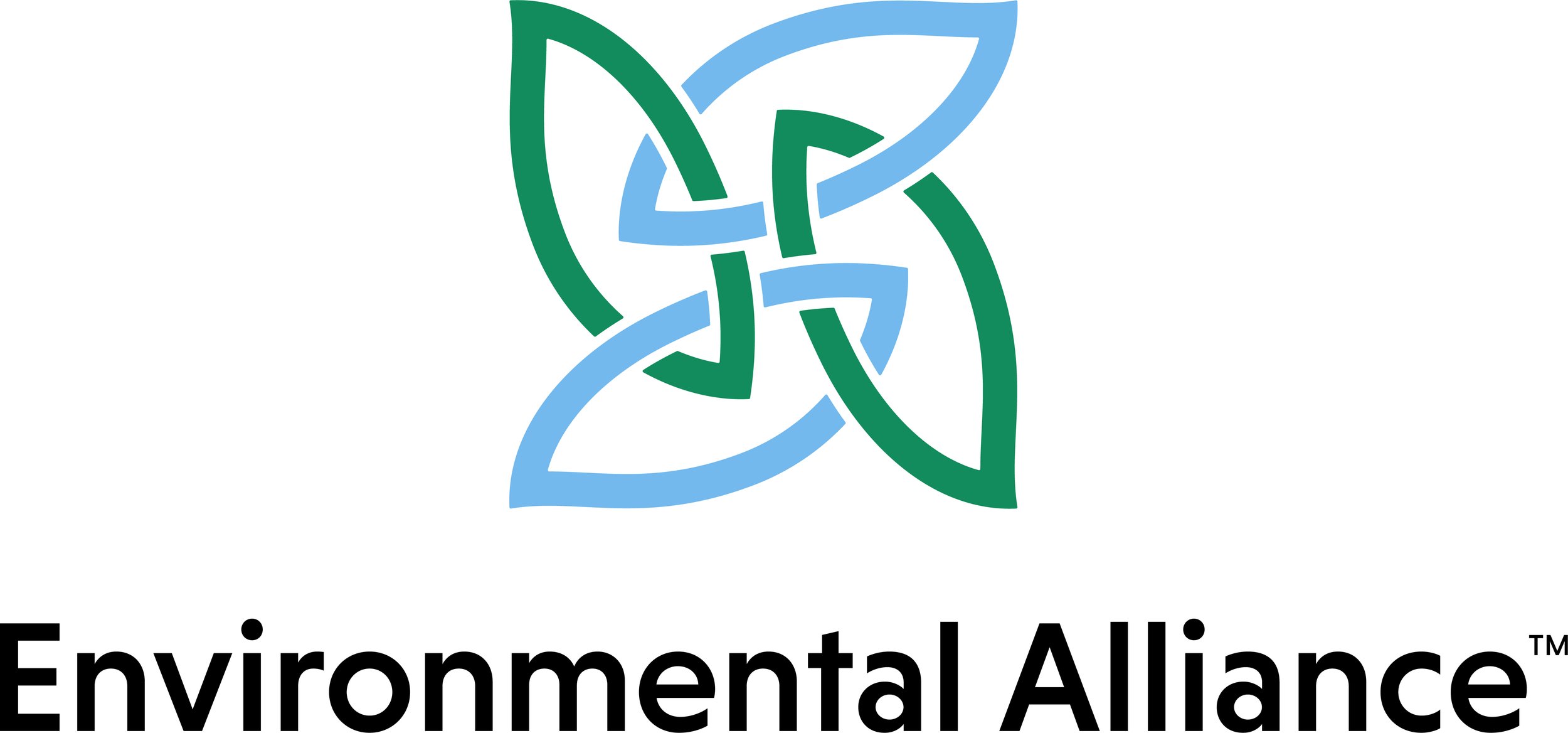11 Ways to Avoid Greenwashed Products
Photo by Alberto Frías on Unsplash
Although it doesn’t always feel like it, as consumers, we have tremendous power. The purchases that we make every day can change the way manufacturers produce and sell items, which is why it is more important than ever to have the knowledge and the tools to identify greenwashing.
Many products appear environmentally friendly because of their use of the words "all-natural," "botanicals," or "eco-friendly." But what does this really mean?
In most cases, these phrases and "green" marketing tactics are not regulated, allowing companies to make untruthful or misleading claims. This is what is known as "greenwashing."
Greenwashing refers to when a company misleads a consumer by spending more money on making the company appear eco-friendly rather than actually making it eco-friendly. Buying a product because of its green and leafy-patterned packaging without really understanding that these tactics have everything to do with profits and nothing to do with sustainability.
That's why the CutTheCrap team decided to get to the bottom of these marketing traps and give you some reliable information to help you avoid greenwashing when shopping.
11 Ways to Avoid Greenwashed Products
Look deeper into a company's claims.
If you see something on the label, go to their website and look for more information. If this information seems intentionally vague or broad, there's a good chance that this company was using greenwashing techniques.
2. Look for certification!
A company can put "natural and organic" on their labels, but if it doesn't have a certification label, it is most likely NOT organic.
Here are some good certifications that you want to look for:
3. Lookout for aesthetically-pleasing traps!
A prominent example of a company that utilizes greenwashing techniques is Fiji Water- their commercials feature a natural landscape with a child's voice saying, "Fiji Water is nature's gift to us," "bottled at the source," and "untouched by man." They cannot substantiate these claims.
4. BEWARE of the common greenwashing words!
These include: eco-friendly, green, all-natural, earth-friendly, non-toxic, plant-based, plant-derived, pure, raw, healthy, organic (without certification). These words mean NOTHING. Natural does not mean environmentally friendly, so be skeptical of these claims.
Here are some good examples of greenwashed products:
*See how Ziploc claims these bags are "better for the environment" and attracts customers with green packaging? In reality, the sustainable thing to do would be to stop using plastic bags, but as I mentioned, these marketing techniques are about money, not the environment.
*Tide also utilizes the green packaging. The leafy pattern, the "clean" claims without having proof of how and why this version of Tide is more sustainable.
5. Ask questions.
Don’t be afraid to reach out to companies and question their claims. If you’re unsure, you can usually find sourcing and ingredient information on company websites.
6. Look for irrelevant claims.
These are claims that are “technically true” but not relevant. One example is a “CFC-Free”- CFCs are banned by law, so this is not truly an indication of sustainability or environmental friendliness.
7. Look for companies playing on the “Lesser of Two Evils” concept.
A company might be claiming to be “greener” than a competitor, but if the industry itself is unsustainable, does this make a difference? (i.e., plastic bags and most single-use items)
8. Transparency is important!
If a company is not transparent with its practices and claims, it’s usually because they aren’t environmentally friendly. Ask these companies about their other projects like who they support, donate to, etc. This is a telling sign of their actual actions and intentions.
9. Shop with an intention.
Do your part in making environmentally friendly choices. One way to do this is to research the products you plan to purchase before going to the store. That way, you can go for that particular item and not fall for other greenwash advertising at the store.
10. Look for minimal/recyclable packaging.
In many cases, companies using greenwashing tactics will still have their products in an unnecessary amount of packaging. That seems contradictory to claiming they’re sustainable, right?
11. Buy fewer things.
In reality, reducing the amount you buy and reusing what you have is the best way to ensure that you are being sustainable.
Know your power as a consumer, and don’t be afraid to use your voice.



